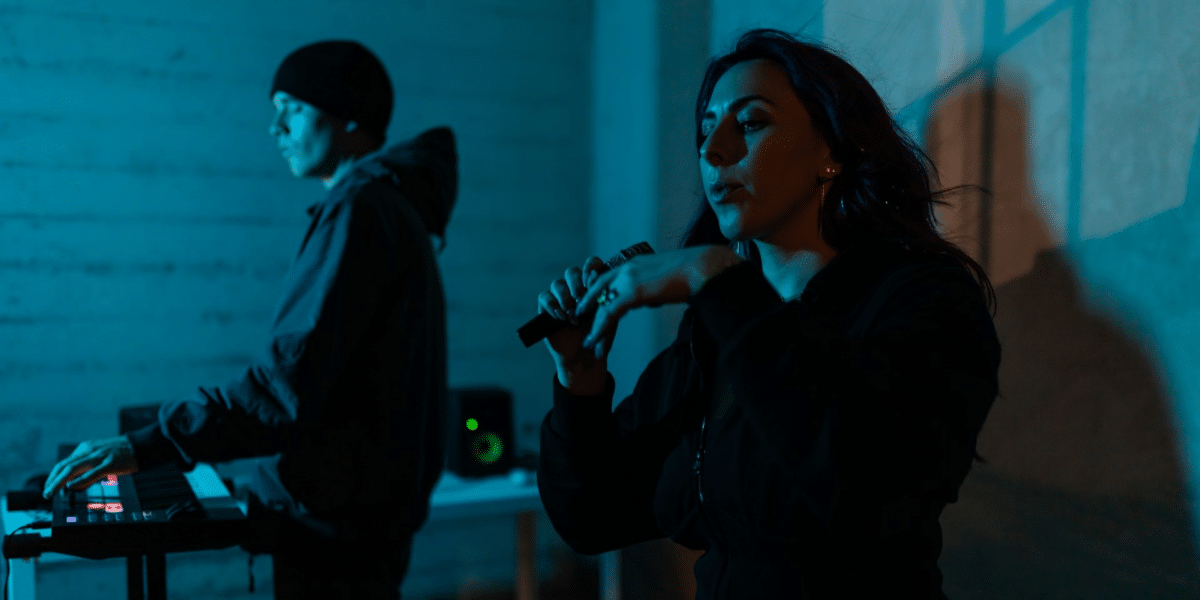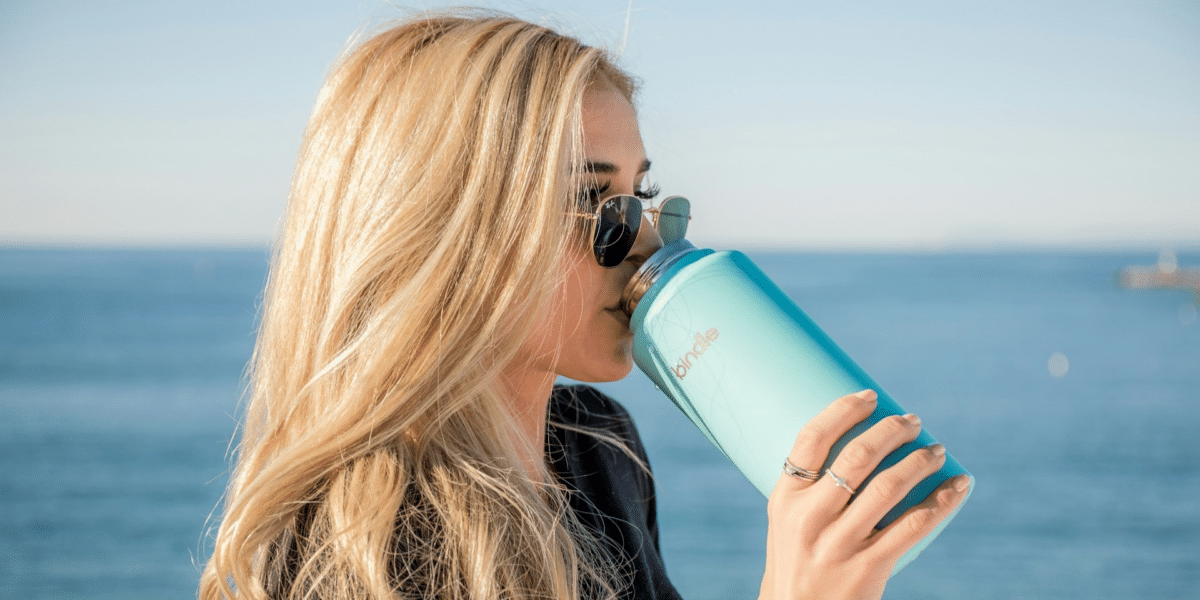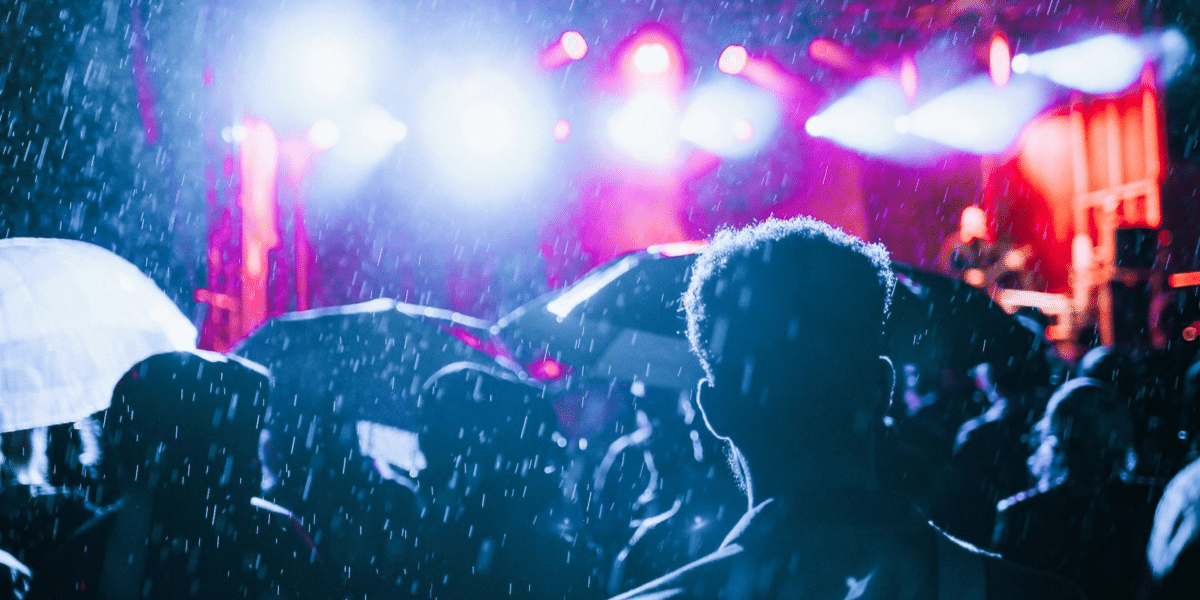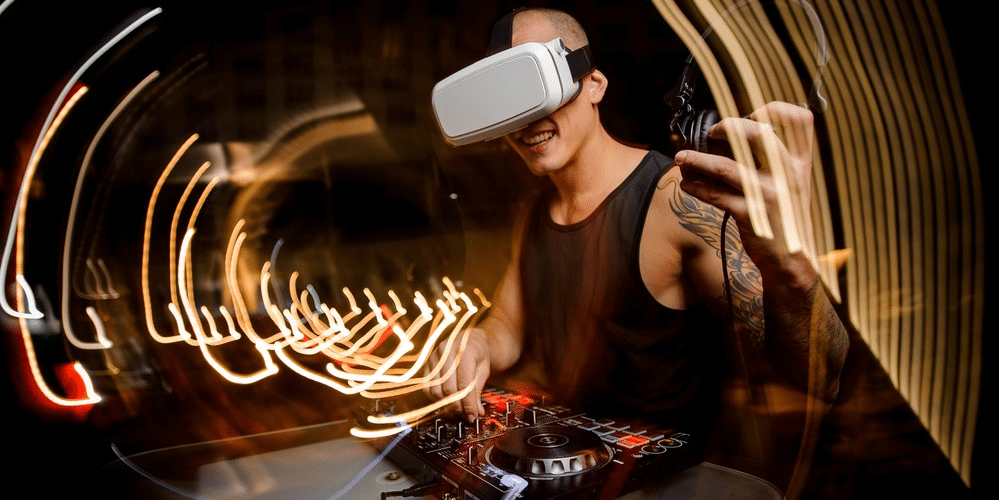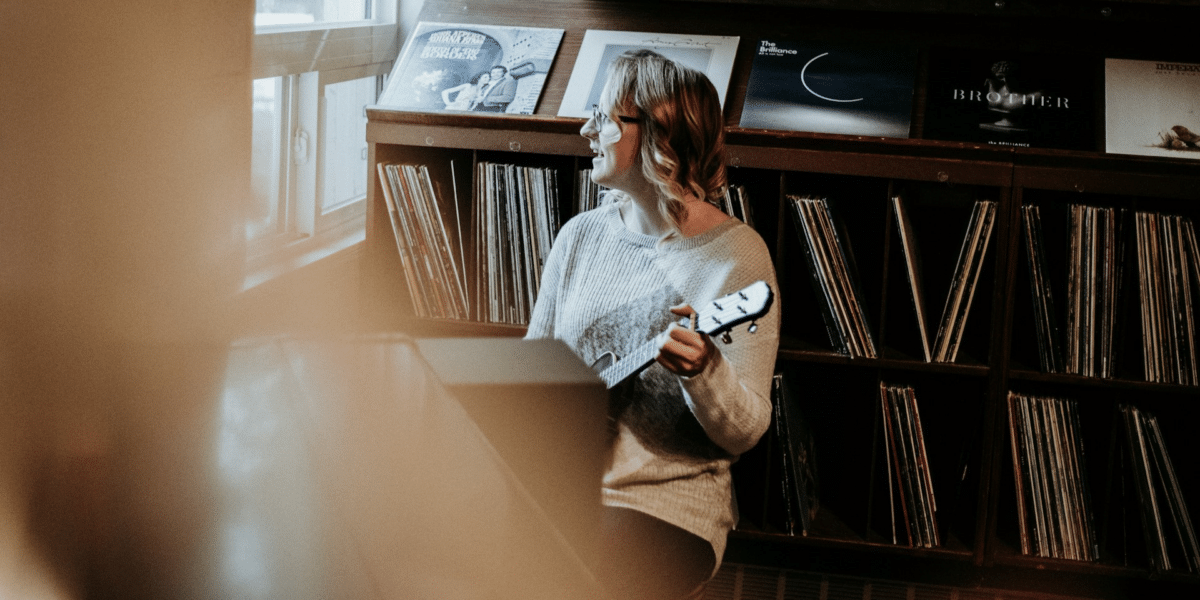Let Your Festival Fashion Fly: How the Theme Sets the Scene
Alright, fellow festival-goers, let’s talk fashion! We all know that festivals are about more than just music—they’re about self-expression, creativity, and of course, killer style. But here’s the thing: when it comes to festival fashion, one size does not fit all. In fact, your outfit should be as unique as you are, and that means letting the festival theme dictate your fashion choices. So whether you’re hitting up Coachella, Burning Man, or your local indie fest, here’s how to let your style shine while staying true to the theme.
First things first, do your homework. Before you start planning your festival wardrobe, take some time to research the event and get a feel for the vibe. Is it a laid-back hippie fest in the woods, a neon-soaked rave in the desert, or a bohemian chic affair on the beach? Whatever the theme, let it guide your fashion choices and inspire your outfit. After all, you wouldn’t wear a ball gown to a beach party, would you?
Next up, embrace the spirit of the festival. Whether it’s peace, love, and flower power or radical self-expression and community, let the values and ethos of the event influence your style. For example, if you’re heading to a hippie festival, channel your inner flower child with flowy maxi dresses, fringe vests, and lots of floral prints. Or if you’re going to a rave, go all out with neon colors, metallics, and statement accessories that light up the night.
But here’s the thing: while it’s important to stay true to the festival theme, it’s also crucial to stay true to yourself. After all, fashion is all about self-expression, so don’t be afraid to put your own unique twist on things. Whether you’re rocking vintage finds, DIY creations, or designer threads, make sure your outfit reflects your personality and makes you feel confident and comfortable. After all, the best accessory you can wear is a smile!
Moreover, don’t forget to consider practicality. Let’s be real—festivals can be a marathon, not a sprint, so you’ll want to make sure your outfit can go the distance. That means opting for breathable fabrics, comfortable shoes, and layers that you can easily take on and off as the temperature changes throughout the day. Trust me, you’ll thank yourself later when you’re still dancing into the wee hours of the morning.
In addition to your clothes, don’t underestimate the power of accessories to take your festival look to the next level. Whether it’s statement jewelry, funky sunglasses, or a killer hat, accessories are the perfect way to add a pop of personality to your outfit and make a statement. Plus, they’re a great way to stay practical—think a crossbody bag to keep your essentials close or a wide-brimmed hat to protect you from the sun.
And finally, don’t be afraid to have fun with your festival fashion. After all, festivals are all about letting loose, having a good time, and embracing your inner wild child. So don’t hold back—experiment with bold colors, playful patterns, and daring silhouettes that make you stand out from the crowd and turn heads wherever you go. After all, life’s too short to blend in!
In conclusion, when it comes to festival fashion, let the theme be your guide and your imagination be your only limit. Whether you’re channeling your inner flower child at a hippie fest or embracing your wild side at a rave, let your style shine and show the world what you’re made of. So pack your bags, grab your squad, and get ready to dance the night away—in style, of course!


